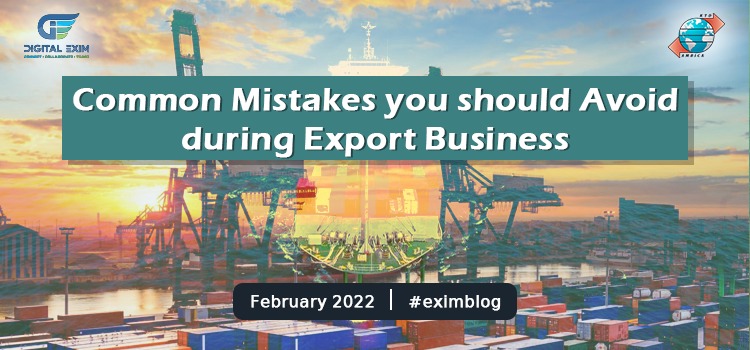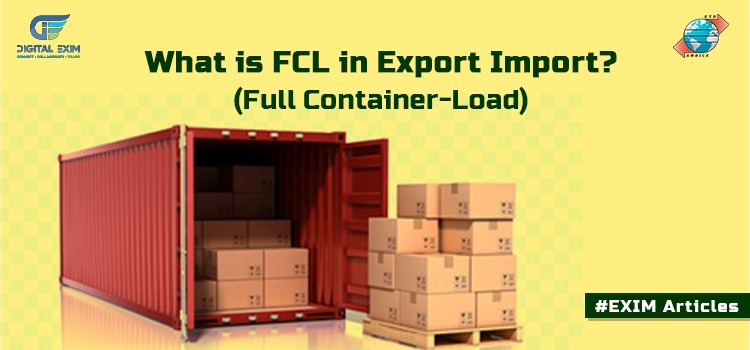India is the world’s largest exporter of rice. India has the highest export volume of rice worldwide at 15.5 million metric ton. There are US $25 billion worth of rice imports worldwide in 2020. China is the largest rice importer in 2020, by importing rice worth US $1.5 billion (5.8% of the total import). Export is a lucrative business and you can learn it through import export training courses and start your import export business in no time. Between April and October, rice exports rose an impressive 10.5% over the record exports in FY21, despite waning pandemic demand. Due to a shortage of rice in some exporting countries and export restrictions in others, India’s rice is becoming popular on the global market for its lower price and higher quality. Asian importers consumed the greatest amount of rice in 2020 with purchases valued at $10.8 billion, or 43.2% of the global total. African importers ranked second with imports worth 23.1% while European buyers obtained 15.5% of the global total.
List of Top Rice Importing Countries in 2020:
- China: US$1.5 billion (5.8% of total rice imports)
- Saudi Arabia: $1.4 billion (5.6%)
- United States: $1.3 billion (5.1%)
- Iran: $881 million (3.5%)
- Philippines: $862 million (3.5%)
- Iraq: $640.8 million (2.6%)
- Benin: $635.9 million (2.5%)
- United Kingdom: $619.9 million (2.5%)
- Malaysia: $589.5 million (2.4%)
- France: $588.1 million (2.4%)
- United Arab Emirates: $560.2 million (2.2%)
- South Africa: $546.7 million (2.2%)
- Japan: $503.6 million (2%)
- Germany: $462.9 million (1.9%)
- Canada: $445.1 million (1.8%)
The major destinations of India’s exports of non-basmati rice are African and Asian countries. India also shipped non-basmati rice to Timor-Leste, Puerto Rico, Brazil, Zimbabwe, Burundi, Myanmar in 2020-21. Saudi Arabia, UAE, Iraq, Kuwait, United States, UK, Yemen, Canada, Oman, Iran are the major destinations for Indian premium Basmati rice exports worldwide.
Indian rice exports continue to expand in Africa, Asia, and the EU, thereby gaining the largest share of the global rice trade. The robust global demand also contributed to the growth of India’s rice exports. Rice exports from India in 2020-21 grew 87% to 17.72 MT from 9.49 MT in 2019-20. Rice exports in FY21 rose 38% to $8.8 billion from $6.4 billion. Non-Basmati rice exports were $4.8 billion, while Basmati rice exports were $4 billion. In the first seven months of 2021, India exported 12.84 million tonnes of rice, up 65% from a year earlier. China bought one million tonnes last year, and the order could be repeated.
Conclusion-
Besides the traditional Indian customers, China, Vietnam and Bangladesh were also the rice importers of India. For the first time in three decades, China has begun importing rice from India due to tight supplies and sharply discounted prices. For the first time in three decades, China has started buying rice from India and may increase its purchases next year, depending on quality. Join import and export business training by Digital Exim if you also want to start your international business. For more, you can also attend our live webinar. To join click the link given below. https://chat.whatsapp.com/Bqz4SWH55nSGtKj3GnJAC8 Do give us a Visit!
Rice Importing Countries | Rice Export













